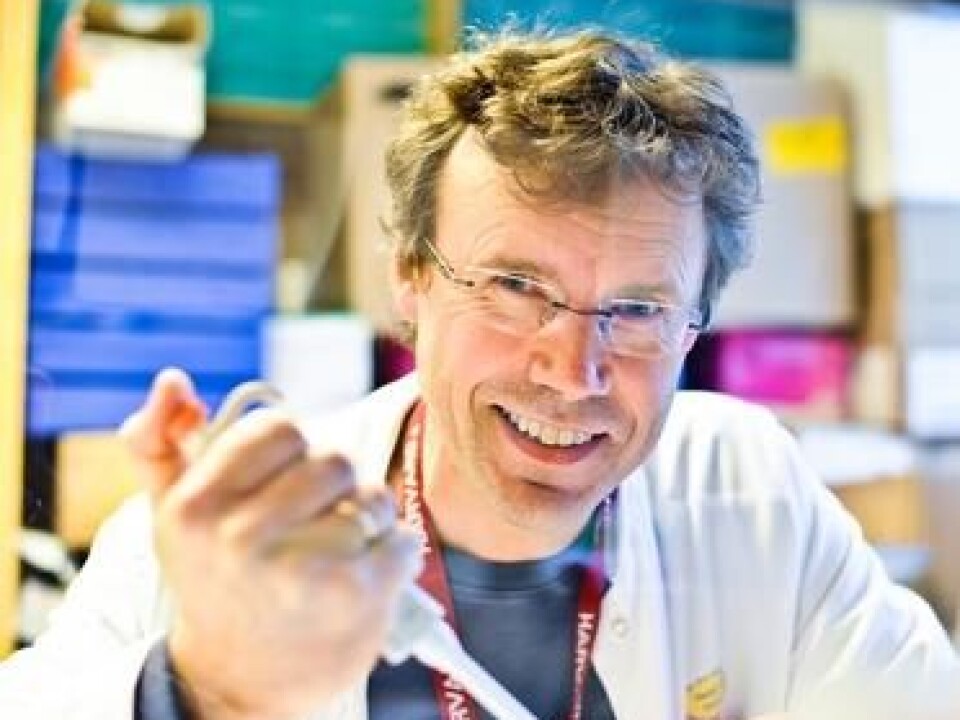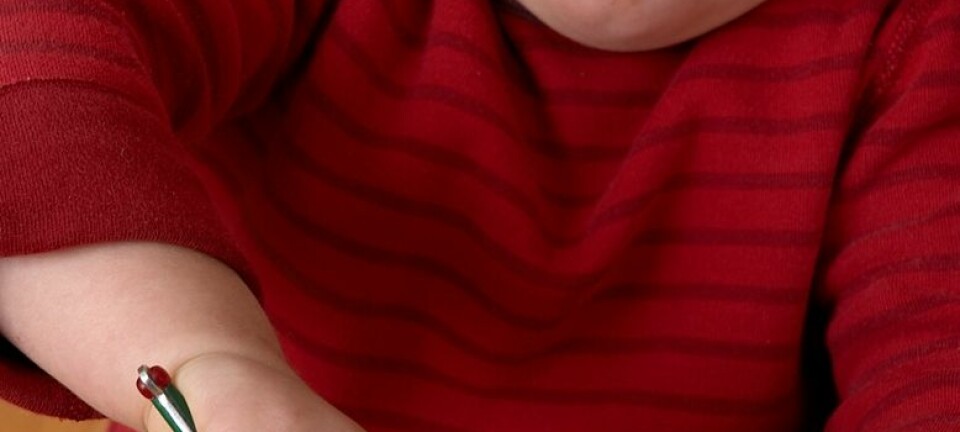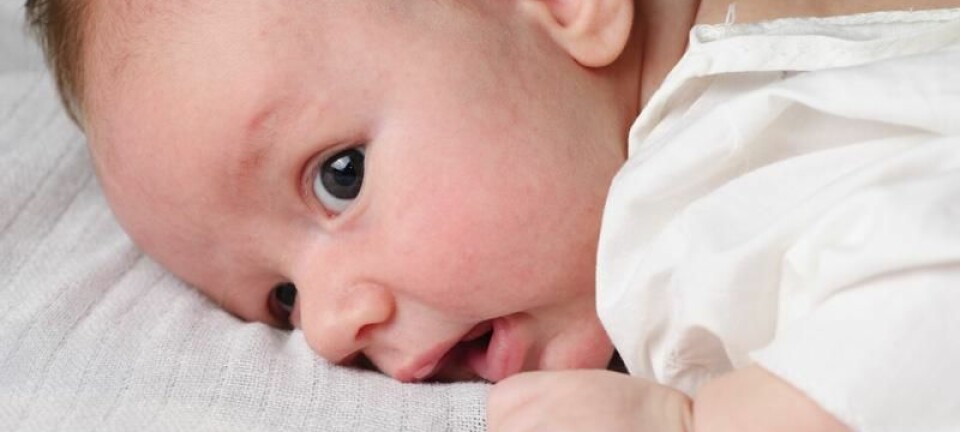This article was produced and financed by University of Bergen

How your genes can solve obesity
What roles do diet and genetics play in the development of obesity and diabetes? The answer may be found in an on-going study of mothers and children.
Denne artikkelen er over ti år gammel og kan inneholde utdatert informasjon.
Obesity in children is a growing problem. This is a fact that Pål Rasmus Njølstad is reminded of daily when arriving at his job at the Department of Paediatrics at Haukeland University Hospital.
"Norway increasingly emulates the United States. Today, one in four Norwegians is obese, and one in twenty has type 2 diabetes," says Njølstad.
Some of the genes associated with type 2 diabetes are also associated with obesity.
Njølstad heads a research project that examines the connection between genetics and obesity and diabetes.

"We hope to contribute to an understanding of this increase in obesity. Food and an active lifestyle play an important part, but it is also dependent on family medical history and ethnicity," says Njøstad, who in addition to working as a paediatrician also is professor at the University of Bergen’s (UiB) Department of Clinical Medicine.
Unique archives
When looking for genes, the UiB researchers have a powerful tool thanks to the Norwegian Mother and Child Cohort Study (MoBa), in which more than 90,000 pregnant women participated between 1999 and 2008.
In the study, both biological samples and survey data were collected as early as week 17 of pregnancy. More than 70,000 budding fathers also participated in the survey.
"Norway’s material is unique. While American studies can be socially selective, studies such as ours are based on a population with a much smaller degree of selection. The surveys are also carefully done," Njølstad says.
Another aspect that contributes to the uniqueness of the Norwegian archives is that they can be crosslinked, which means that the data can be validated against vital records, such as birth records.
In Njølstad’s project approximately 60,000 MoBa samples are reviewed.
Extensive genetic analysis of the material will be carried out to look for gene variations that recur in the obese.
Eat less, exercise more
Njølstad hopes that the research project will provide more information about how people become obese, and how to help people early in life.
"We don’t always know if there are health benefits in a lot of the food that is produced today, and what they might be. But what interests us the most working on this project, is the connection between exercise and obesity genes. Hopefully our research can lead to treatment in the future," Njølstad says, before uttering a word of caution.
"So far, we have not been able to stop this epidemic, even though we know that what is needed is more exercise and less food."
The research group has earlier demonstrated that a certain type of childhood diabetes can be treated with tablets rather than insulin. This has changed the everyday lives of thousands of children around the world.
"When you make discoveries such as this, you feel you’re doing a good job as a doctor, as well," Njølstad says.
Translated by: Sverre Ole Drønen


































